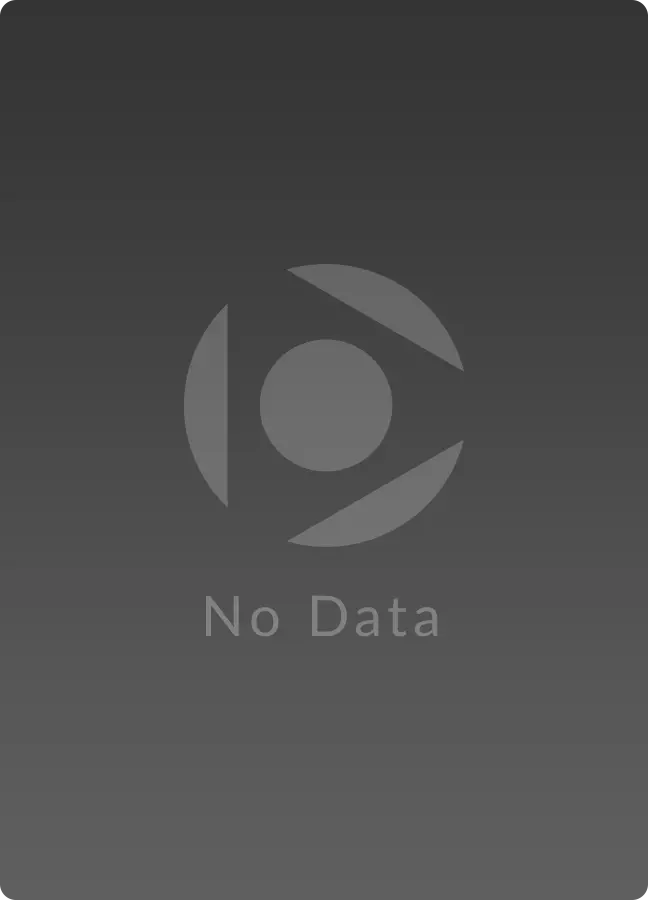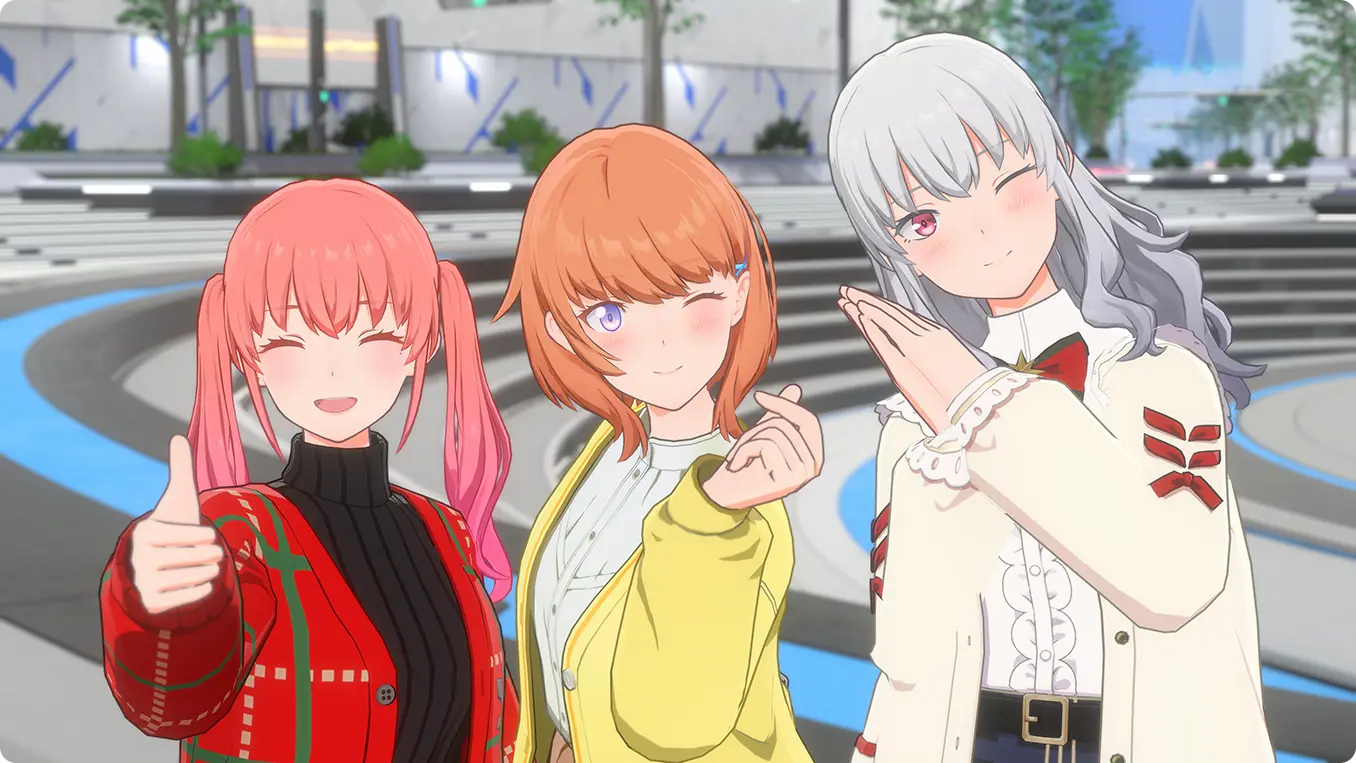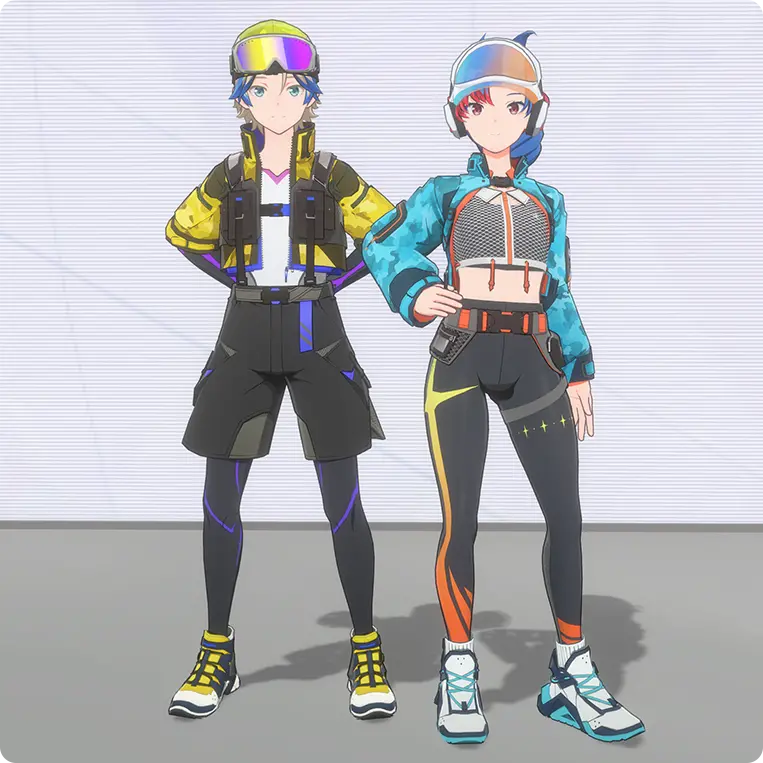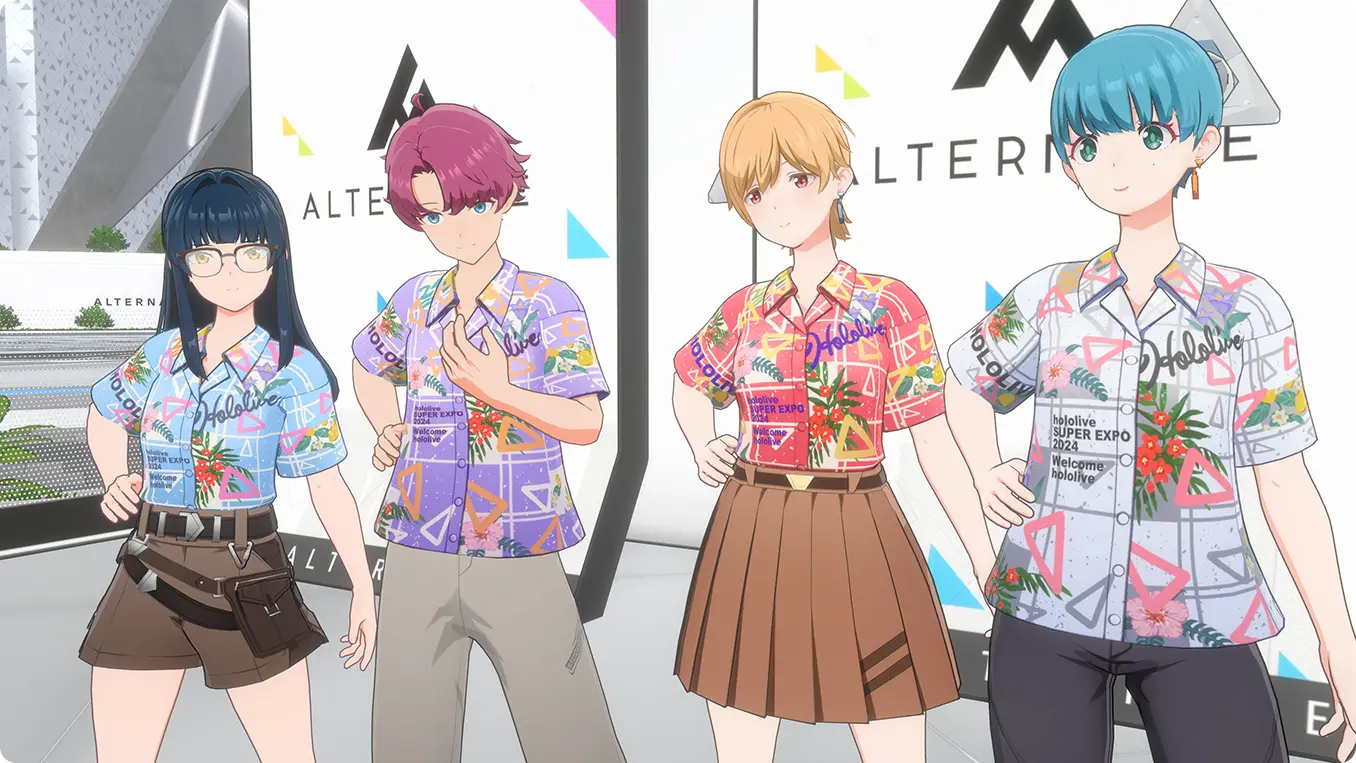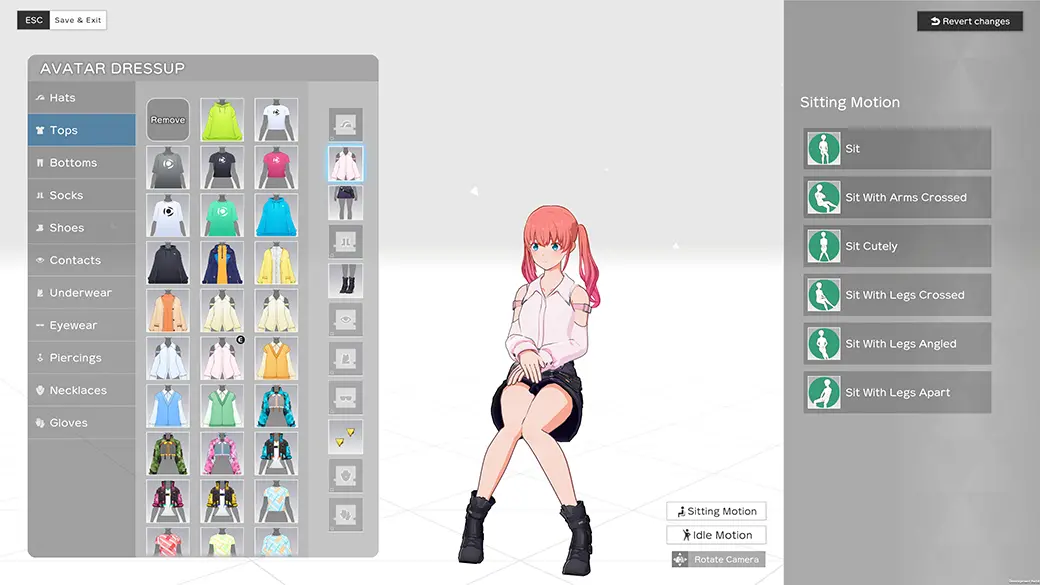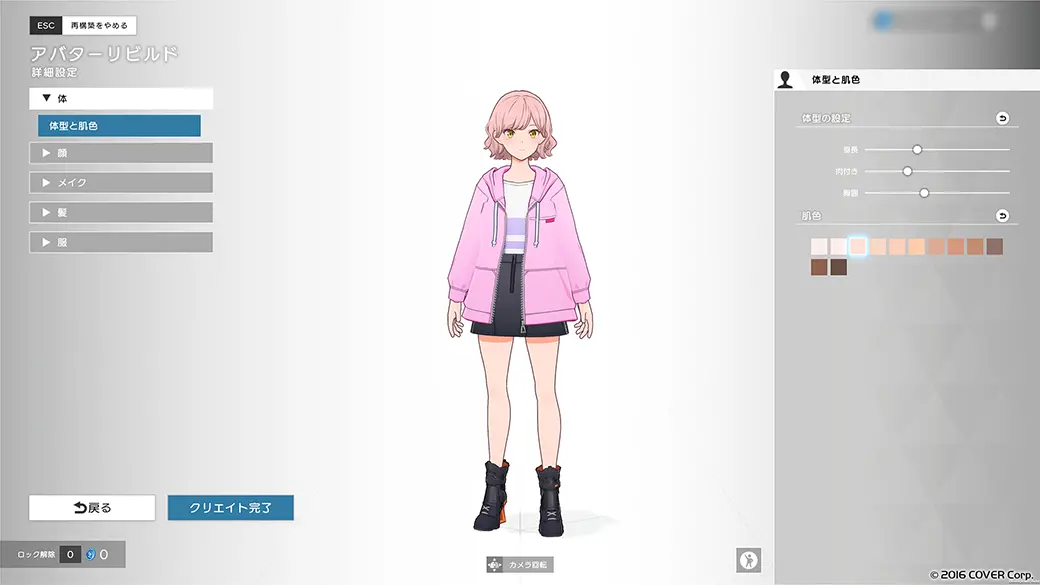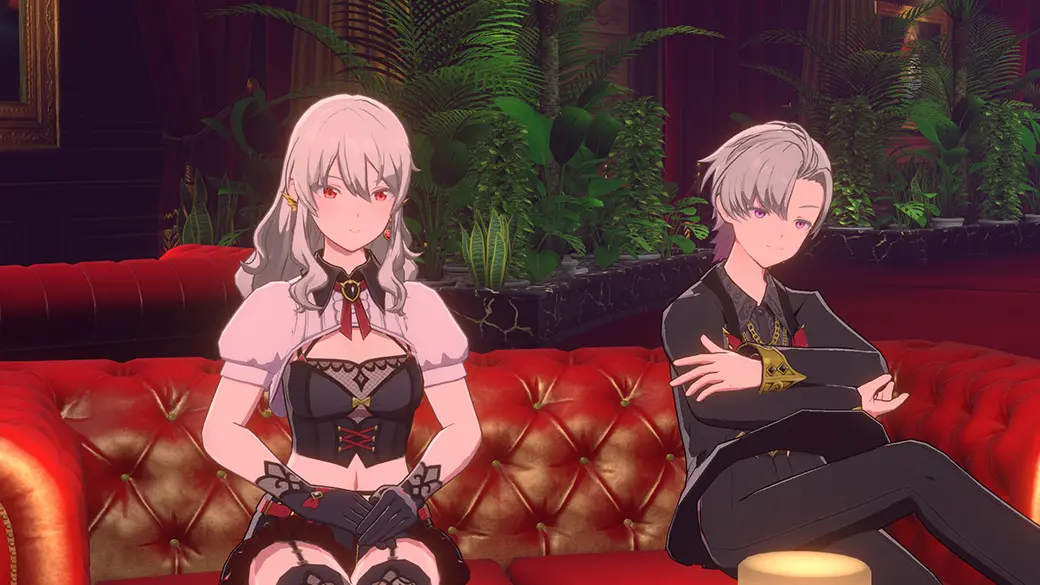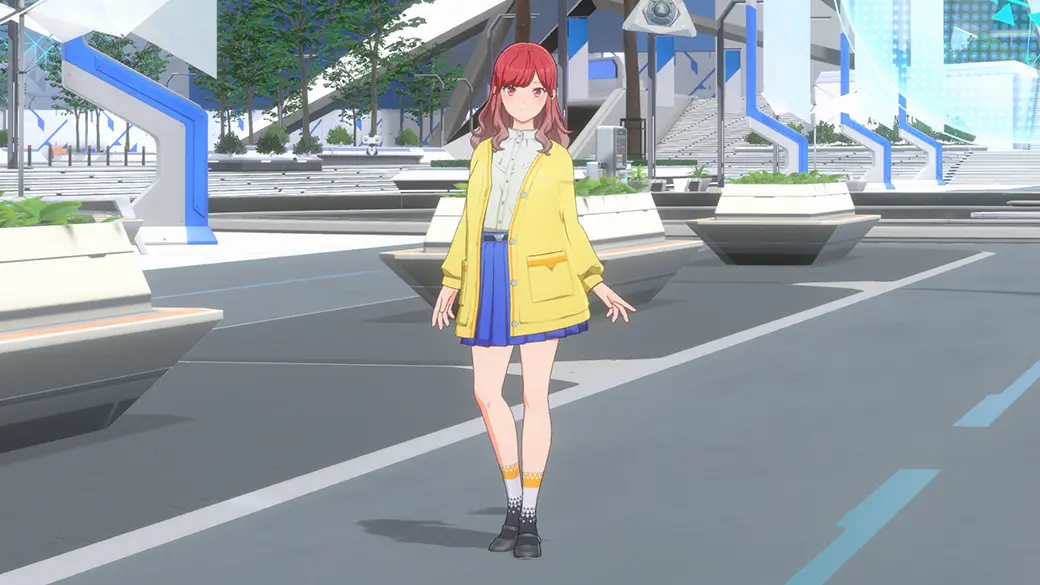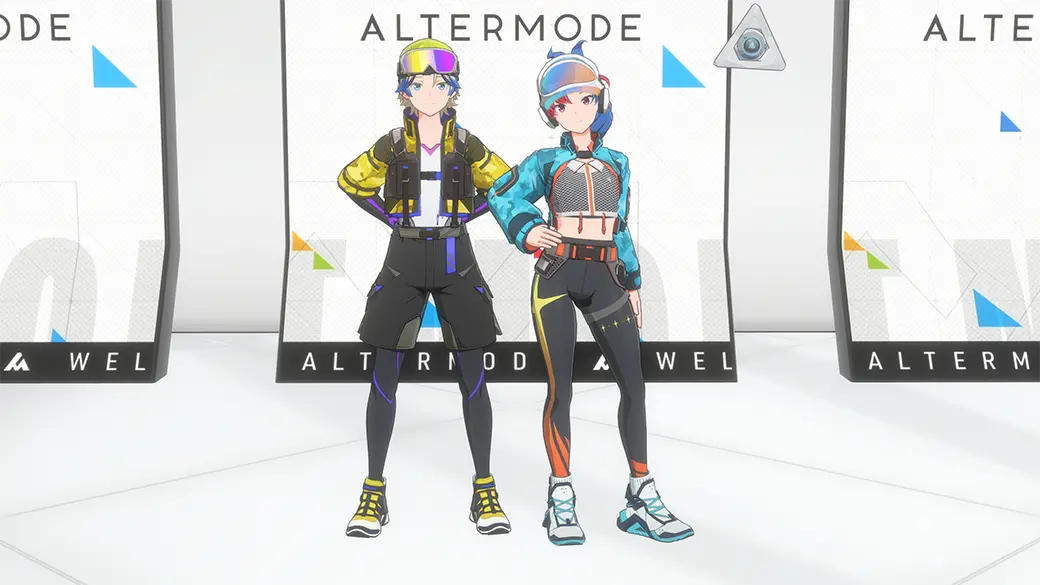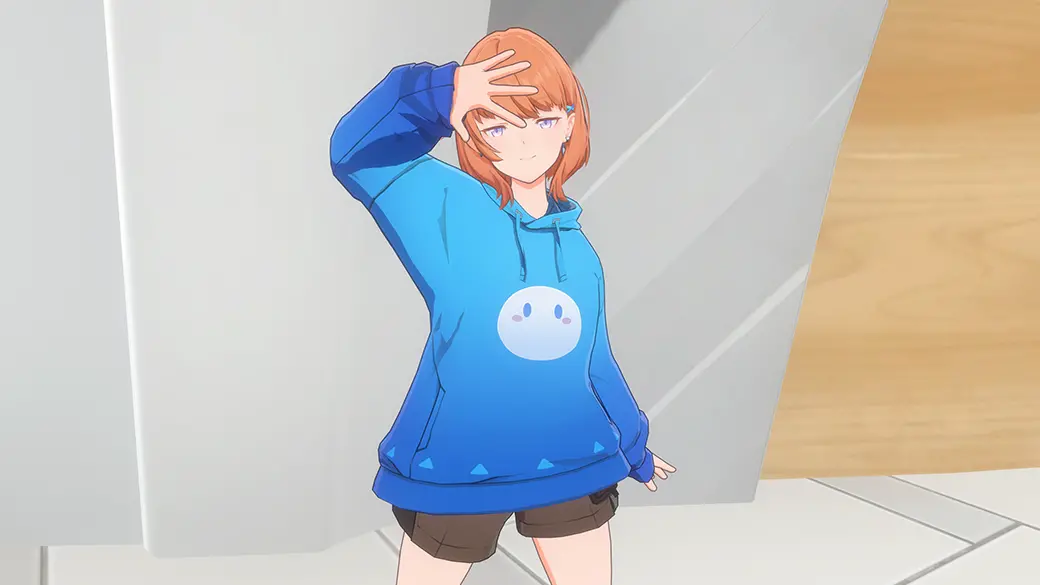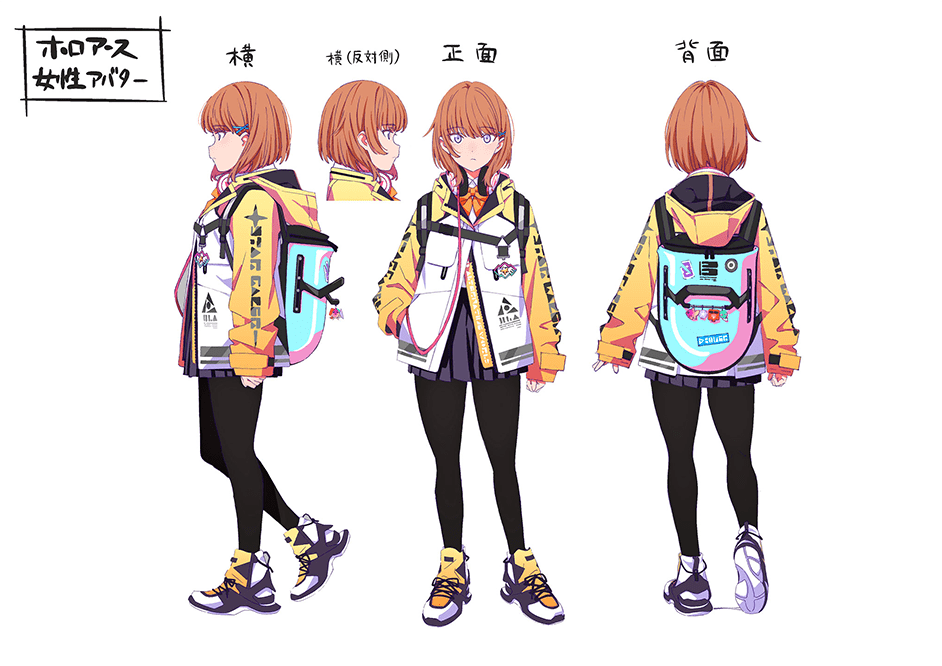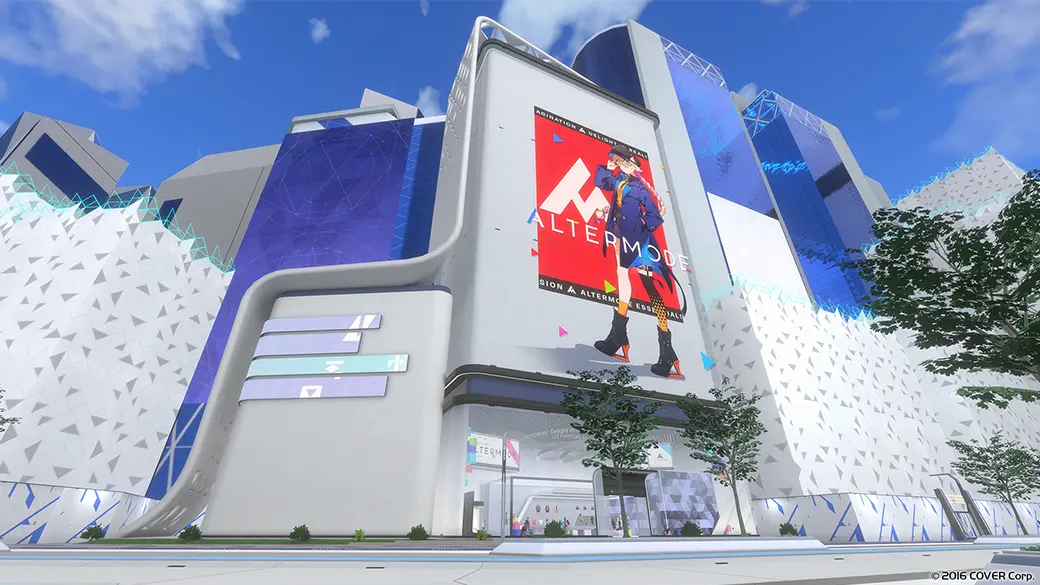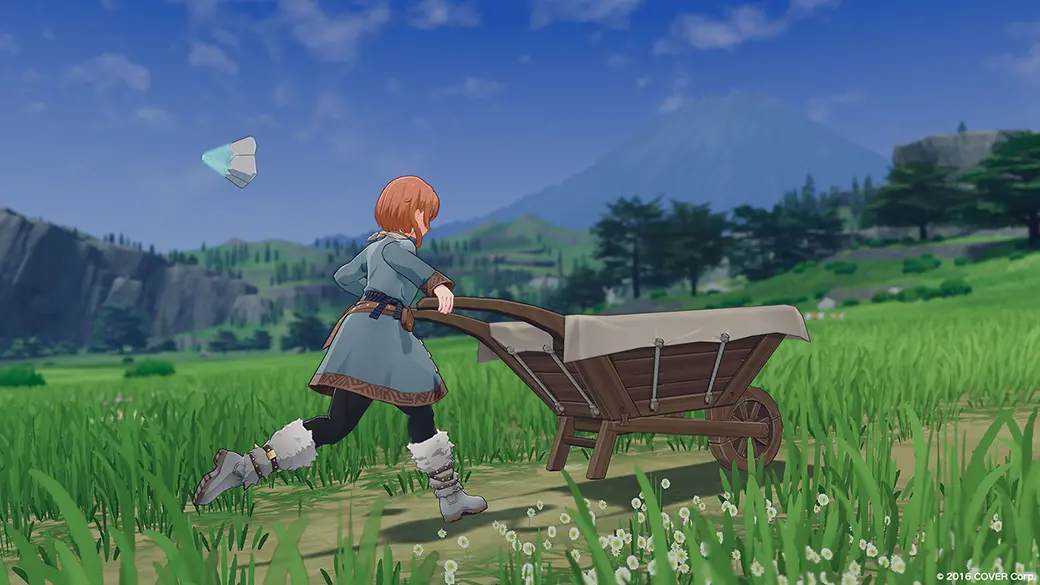NEWS
-
2025.12.12
Events
NePoLaBo Live Photo Contest Announcement
-
2025.12.11
Events
Announcement: “NePoLaBo Live re:VISION Holoearth Live” on Dec. 21
-
2025.12.11
Information
“NePoLaBo Live re:VISION Holoearth Live” Special Website Launch!!
-
2025.12.10
Events
NePoLaBo Major Announcement in Holoearth on Dec. 11
-
2025.11.27
Information
Regarding “NePoLaBo Major Announcement” and “holoX Arrival Party”
What is Holoearth?
VIRTUAL WORLD
REAL LIFE
VIRTUAL WORLD
REAL LIFE
-
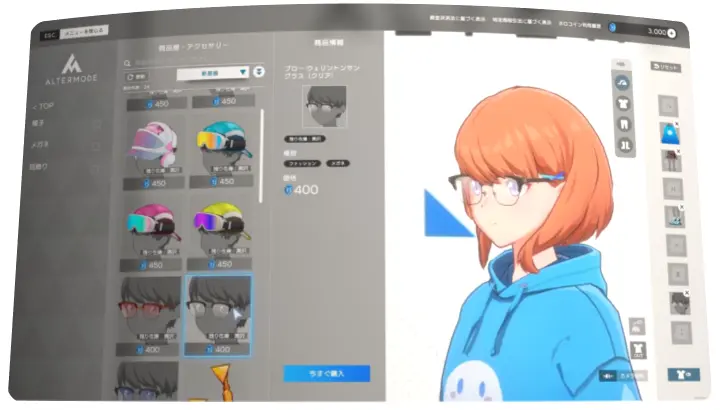
Find the perfect hair and clothes... Realize the ideal you
-
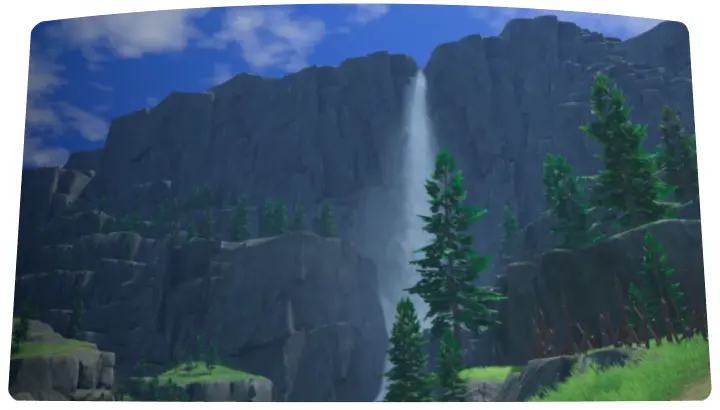
Exploration, conversation, shopping... Enjoy an open-ended world
-

A huge selection of items... Discover your favorite style
-
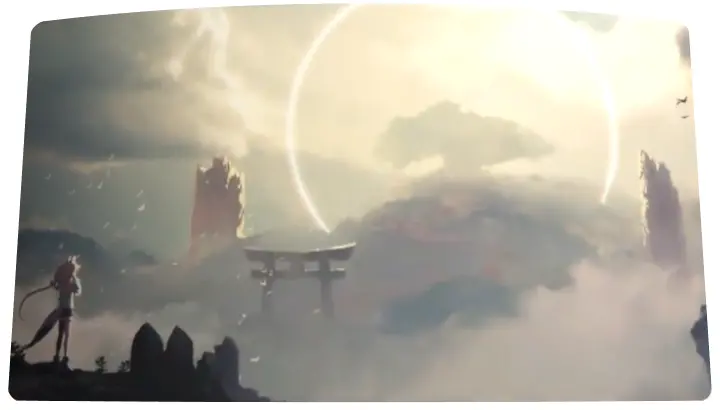
Holoearth collab projects... Coming in the future
The world of Holoearth
This is a world sustained through your observation
This is a world sustained through your observation
What is necessary for "Holoearth" to exist... is the inhabitants of so-called "Realearth"...
In other words, it
must be observed by YOU.
What is necessary for "Holoearth" to exist...
is the inhabitants of so-called "Realearth"...
In other words, it must be observed by YOU.



















